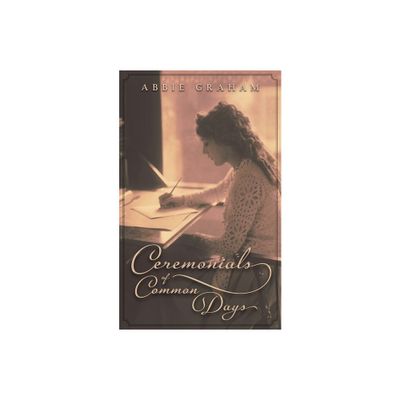Home
Blood and Voice: Navajo Women Ceremonial Practitioners
Loading Inventory...
Barnes and Noble
Blood and Voice: Navajo Women Ceremonial Practitioners
Current price: $28.95


Barnes and Noble
Blood and Voice: Navajo Women Ceremonial Practitioners
Current price: $28.95
Loading Inventory...
Size: OS
*Product Information may vary - to confirm product availability, pricing, and additional information please contact Barnes and Noble
Adulthood in the Navajo world
is marked by the onset of menstruation in females and by the deepening of the voice in males. Accordingly, young adults must accept responsibility over the powers manifest in blood and voice: for women, the forces that control reproduction and growth; for men, the powers of protection and restoration of order that come through maintaining Navajo oral tradition.
The maintenance of the latter tradition has long been held to be the function of the Navajo singer, a role usually viewed as male. But despite this longstanding assumption, women can and do fill this role. Drawing on interviews with seventeen Navajo women practitioners and five apprentices, Maureen Trudelle Schwarz explicates women's role as ceremonial practitioners and shows that it is more complex than has previously been thought. She examines gender differences dictated by the Navajo origin story, details how women came to be practitioners, and reveals their experiences and the strategies they use to negotiate being both woman and singer.
Women who choose careers as singers face complex challenges, since some rules prohibit menstruating women from conducting ceremonies and others regarding sexual continence can strain marital relationships. Additionally, oral history places men in charge of all ceremonial matters. Schwarz focuses on how the reproductive life courses of Navajo women influence their apprenticeships and practices to demonstrate how they navigate these issues to preserve time-honored traditions. Through the words of actual practitioners, she shows how each woman brings her own unique life experience to the role. While differing among individuals, these experiences represent a commitment to shared cultural symbols and result in a consensus that sustains social cohesion.
By showing the differences and similarities between the apprenticeship, initiation, and practice of men and women singers,
Blood and Voice
offers a better understanding of the role of Navajo women in a profession usually viewed as a male activityand of the symbolic construction of the self in Navajo culture. It also addresses classic questions concerning the sexual division of labor, menstrual taboos, gender stereotypes, and the tension between tradition and change that will enlighten students of other cultures.
is marked by the onset of menstruation in females and by the deepening of the voice in males. Accordingly, young adults must accept responsibility over the powers manifest in blood and voice: for women, the forces that control reproduction and growth; for men, the powers of protection and restoration of order that come through maintaining Navajo oral tradition.
The maintenance of the latter tradition has long been held to be the function of the Navajo singer, a role usually viewed as male. But despite this longstanding assumption, women can and do fill this role. Drawing on interviews with seventeen Navajo women practitioners and five apprentices, Maureen Trudelle Schwarz explicates women's role as ceremonial practitioners and shows that it is more complex than has previously been thought. She examines gender differences dictated by the Navajo origin story, details how women came to be practitioners, and reveals their experiences and the strategies they use to negotiate being both woman and singer.
Women who choose careers as singers face complex challenges, since some rules prohibit menstruating women from conducting ceremonies and others regarding sexual continence can strain marital relationships. Additionally, oral history places men in charge of all ceremonial matters. Schwarz focuses on how the reproductive life courses of Navajo women influence their apprenticeships and practices to demonstrate how they navigate these issues to preserve time-honored traditions. Through the words of actual practitioners, she shows how each woman brings her own unique life experience to the role. While differing among individuals, these experiences represent a commitment to shared cultural symbols and result in a consensus that sustains social cohesion.
By showing the differences and similarities between the apprenticeship, initiation, and practice of men and women singers,
Blood and Voice
offers a better understanding of the role of Navajo women in a profession usually viewed as a male activityand of the symbolic construction of the self in Navajo culture. It also addresses classic questions concerning the sexual division of labor, menstrual taboos, gender stereotypes, and the tension between tradition and change that will enlighten students of other cultures.










![Ceremonials [LP]](https://prodimage.images-bn.com/pimages/0602527847900_p0_v3_s600x595.jpg)







